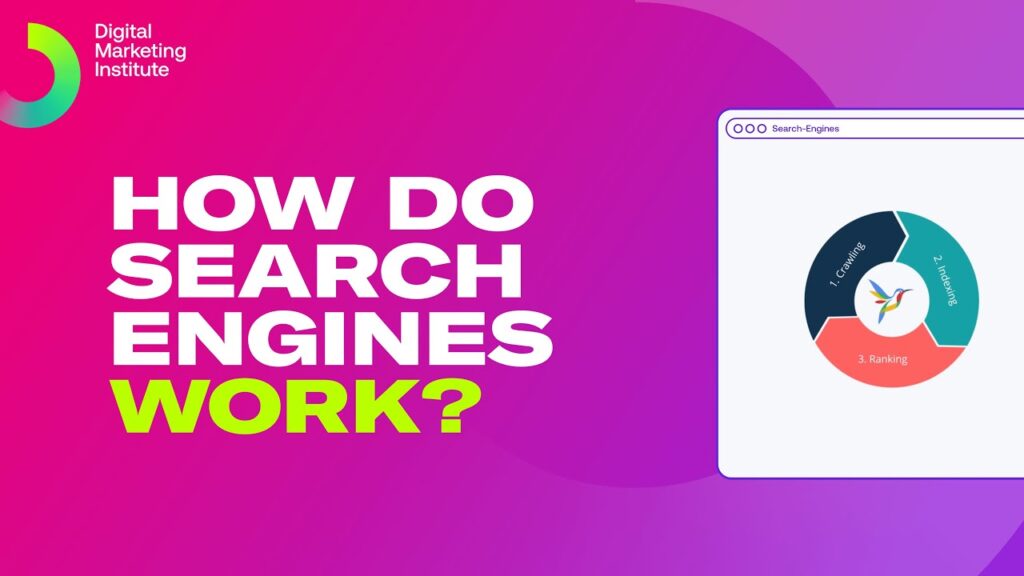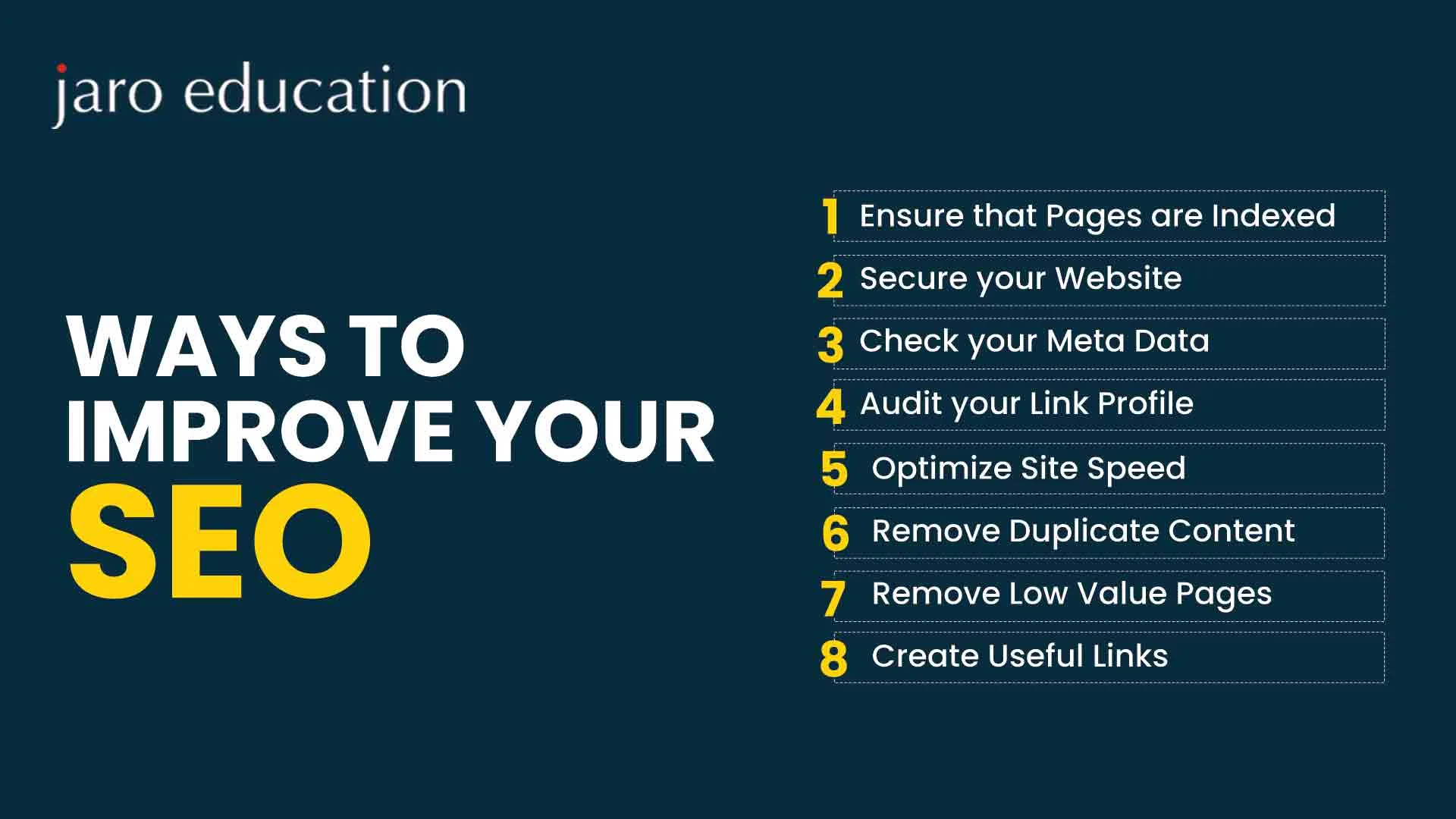
Search Engine Marketing (SEM) is one of the most powerful tools businesses can use to increase their visibility online. By combining both search engine optimization (SEO) and paid advertising strategies, SEM ensures your website gets the attention it deserves, driving targeted traffic that converts into sales. In this article, we’ll explore how SEM works, its benefits, and how you can use it to grow your online business.
What is Search Engine Marketing (SEM)?

Search Engine Marketing (SEM) is the practice of increasing your website’s visibility in search engine results pages (SERPs) through both organic SEO efforts and paid advertising campaigns. SEM includes a variety of strategies such as keyword research, paid search ads (like Google Ads), and content optimization.
The primary goal of SEM is to drive relevant traffic to your website, ultimately increasing conversions. With paid search ads, businesses can target specific keywords and audience segments to reach potential customers actively searching for their products or services.
The Benefits of Search Engine Marketing
- Increased Visibility
By using SEM, your website can appear at the top of search results, which increases visibility and brand recognition. This can be particularly useful for businesses in competitive industries where organic SEO may take time to show results. - Targeted Traffic
Paid search ads allow you to target specific keywords, demographics, and locations, ensuring that your ads reach people who are most likely to convert. This targeted approach improves the efficiency of your marketing efforts. - Quick Results
Unlike organic SEO, which can take time to produce results, SEM offers immediate visibility. As soon as your paid search ads are live, your website can start appearing in search results, driving traffic to your site. - Cost-Effective Advertising
With SEM, businesses only pay for the clicks their ads receive (PPC), making it a cost-effective way to drive traffic. You can also control your budget, making it accessible for businesses of all sizes.
How to Implement Search Engine Marketing

- Keyword Research
Effective SEM starts with keyword research. Identify the keywords your target audience is searching for and create ads around those terms. Tools like Google Keyword Planner can help you find high-performing keywords relevant to your business. - Create Compelling Ads
Your ads should be relevant, concise, and compelling. Include your targeted keywords in the ad copy and ensure your message resonates with your audience. - Optimize Landing Pages
When users click on your ads, they should be directed to a landing page that is highly relevant to the ad’s message. Ensure your landing pages are optimized for conversion with clear calls to action. - Monitor and Adjust Campaigns
Once your SEM campaigns are live, monitor their performance regularly. Look at metrics like click-through rate (CTR), conversion rate, and cost-per-click (CPC) to determine the effectiveness of your ads and make adjustments as necessary.
Conclusion
Search Engine Marketing (SEM) is an essential strategy for any business looking to boost its online presence. By combining SEO and paid search ads, SEM helps you reach a larger audience, drive targeted traffic, and increase conversions. Whether you’re just starting or looking to improve your existing campaigns, implementing SEM can make a significant difference in your digital marketing efforts.














